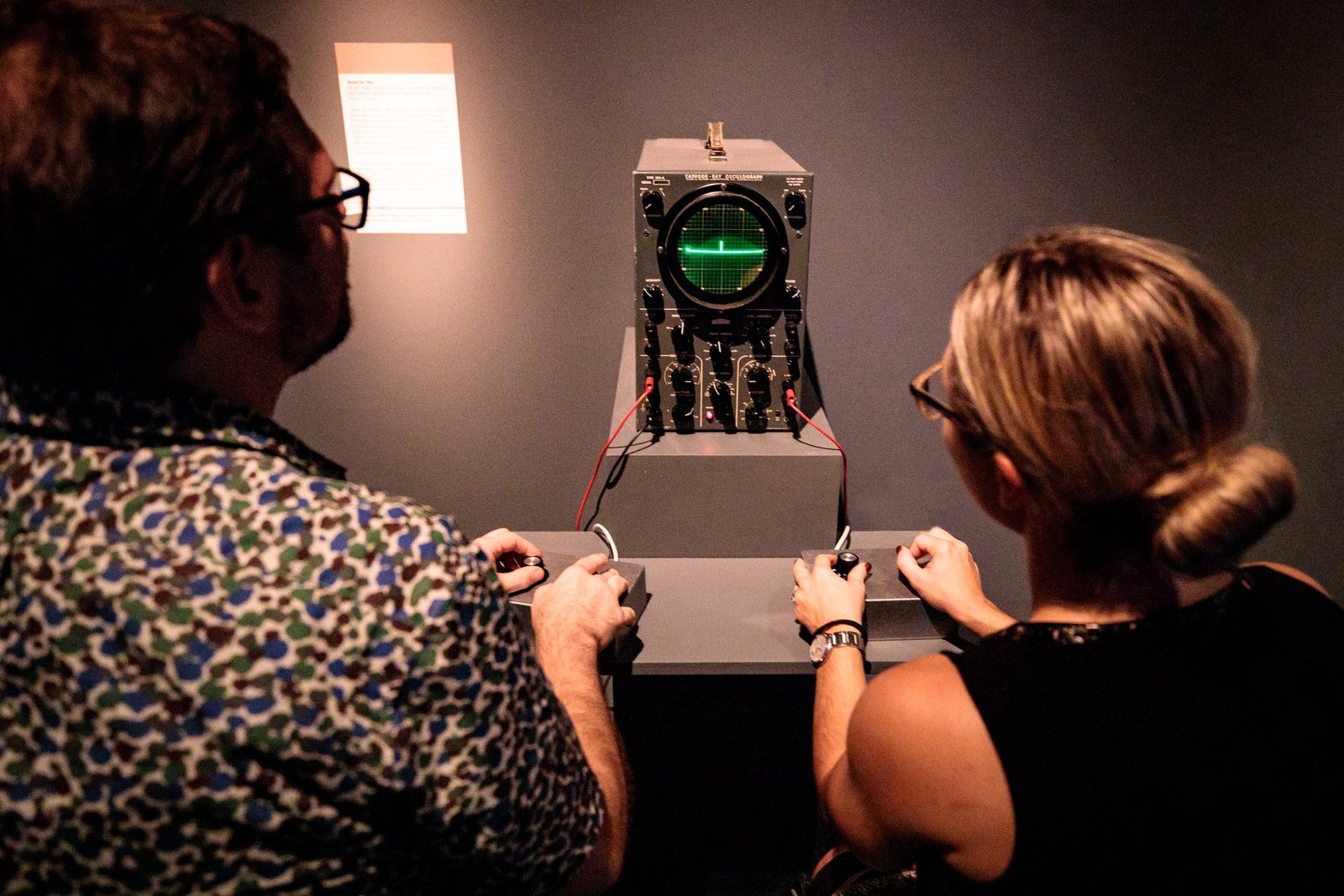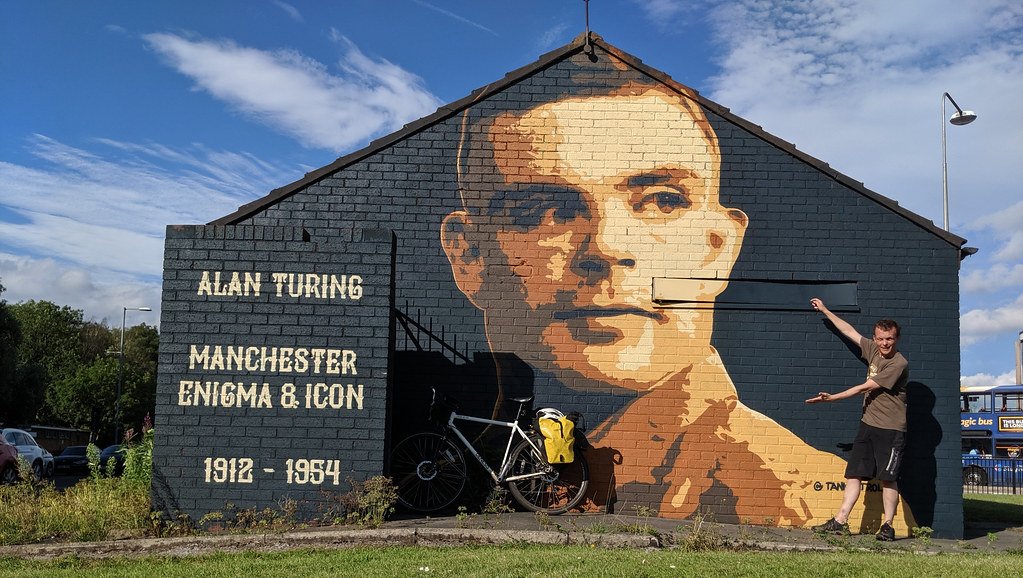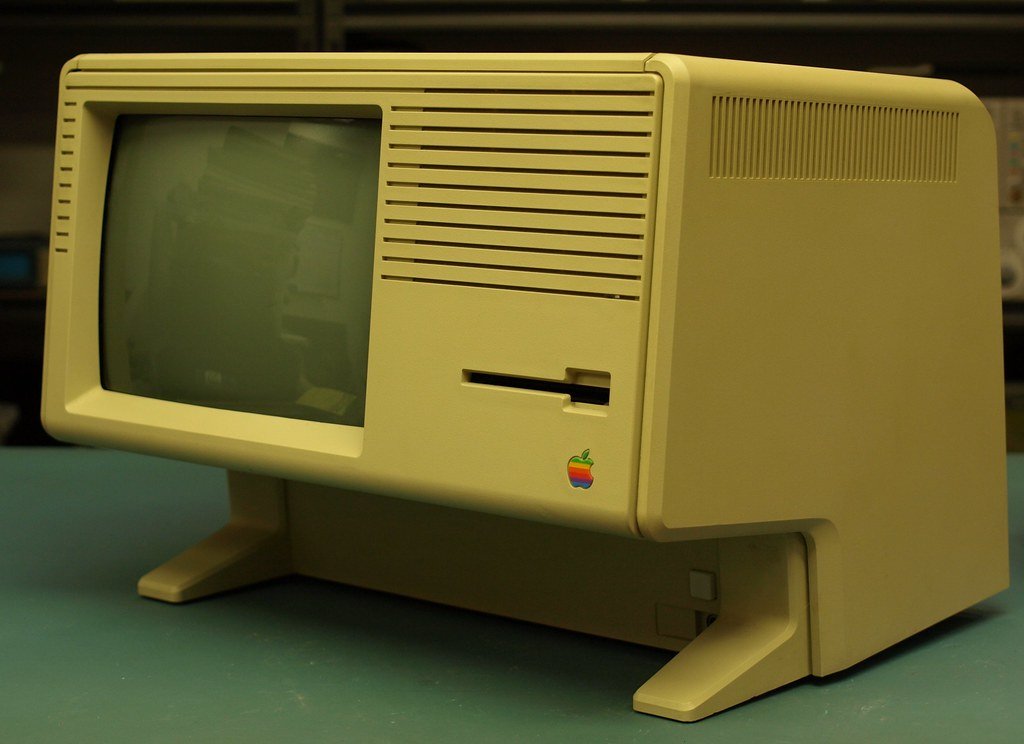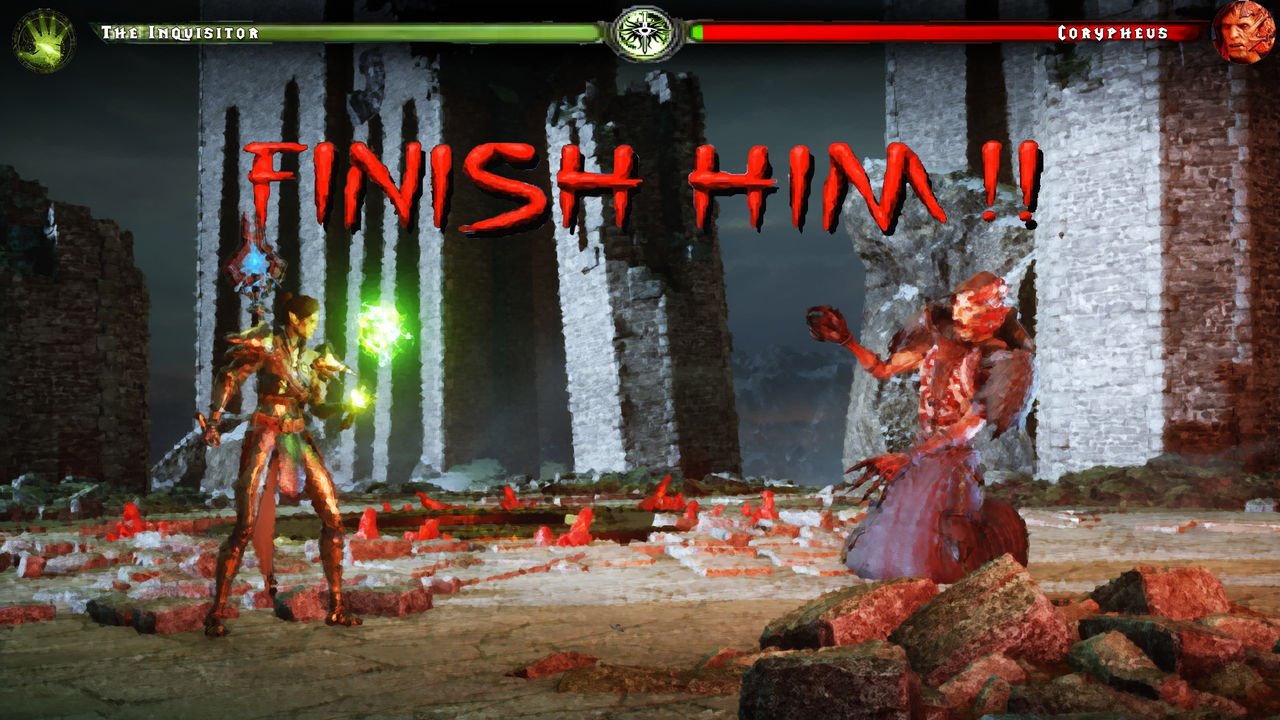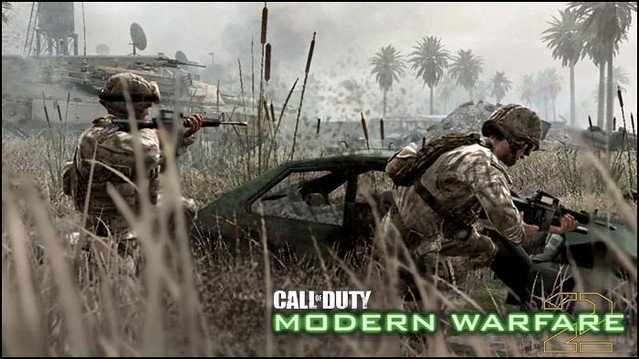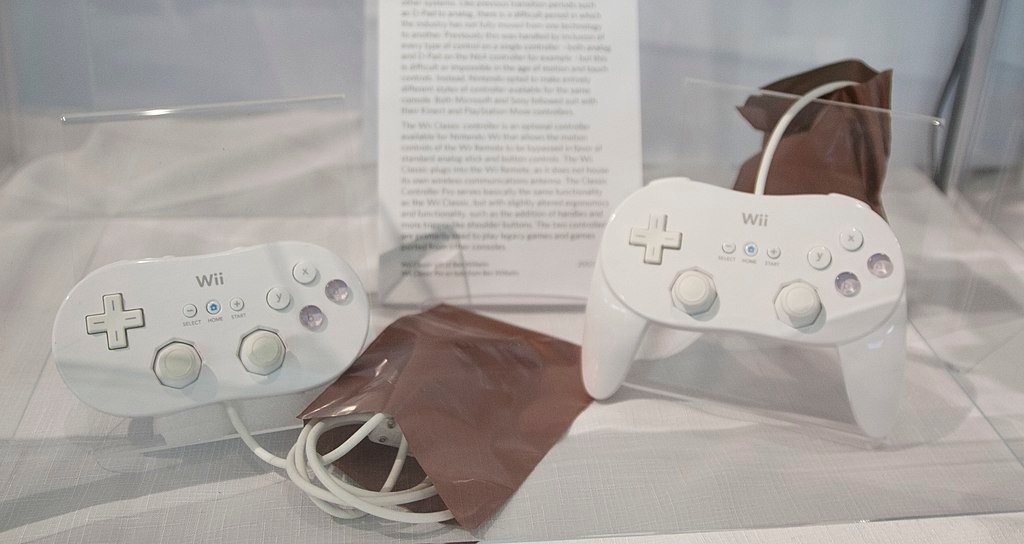“Finish Him!” – a phrase that immediately conjures images of intense battles, dramatic showdowns, and ultimate victories. Originating from the Mortal Kombat series, this command signifies the moment when a player has the upper hand and can execute a “Fatality,” a finishing move that is both visually striking and brutally decisive. Introduced in the original Mortal Kombat game in 1992, “Finish Him!” has since become one of the most recognizable catchphrases in gaming history, synonymous with the series’ unique blend of combat and spectacle.
Beyond the confines of the game, “Finish Him!” has transcended its digital origins, embedding itself into popular culture as a symbol of finality and dominance. Whether referenced in movies, television, or everyday conversation, the phrase encapsulates the dramatic flair that Mortal Kombat brought to the gaming world. Its cultural significance reflects the broader impact of Mortal Kombat, not just as a game but as a phenomenon that continues to influence and inspire across various media.
Table of Contents
Understanding Finish Him! in Mortal Kombat
What is Finish Him! in Mortal Kombat?
“Finish Him!” is more than just a command; it’s a hallmark of the Mortal Kombat series, signifying the moment when a player has decisively defeated their opponent and can now deliver a finishing move, known as a Fatality. This phrase appears at the end of a match when one character’s health has been depleted, leaving them dazed and vulnerable. The victorious player is then prompted to execute a Fatality by inputting a specific combination of buttons within a limited timeframe. The concept behind “Finish Him!” adds a layer of tension and excitement, turning a simple victory into an unforgettable spectacle.

The introduction of Fatalities through the “Finish Him!” command revolutionized the fighting game genre. It wasn’t just about outmaneuvering an opponent; it was about the thrill of delivering a memorable ending that would shock and entertain. Each Fatality was unique to the character, often highlighting their abilities or background, making these finishing moves a signature aspect of the game. This feature not only set Mortal Kombat apart from its contemporaries but also sparked discussions, controversies, and an enduring fascination with the game’s darker, more mature themes.
What Video Game is Finish Him! From?
The phrase “Finish Him!” originates from the Mortal Kombat video game series, first released in 1992 by Midway Games. Mortal Kombat quickly became a standout title in the arcade scene, known for its realistic digitized graphics, a wide array of characters, and its brutal yet captivating combat system. The introduction of “Finish Him!” and the associated Fatalities were pivotal in defining the game’s identity. Unlike other fighting games of the time, which focused primarily on martial arts and skillful combat, Mortal Kombat introduced an element of finality and theatricality with its finishing moves.
The phrase “Finish Him!” became so iconic that it has transcended the game itself, finding a place in broader pop culture. References to “Finish Him!” can be found in movies, television shows, and even in everyday conversations, where it is often used to indicate a decisive or finishing action. The phrase is synonymous with Mortal Kombat and is a testament to the game’s lasting impact on the gaming industry and beyond. It encapsulates the bold and unapologetic approach of Mortal Kombat. This series dared to push boundaries and, in doing so, left an indelible mark on the world of video games.
The Origins of Finish Him!
The phrase “Finish Him!” has become iconic in the Mortal Kombat franchise, symbolizing the game’s brutal and intense nature. Introduced as an in-game prompt, it signals the opportunity to perform a Fatality—a dramatic, often gruesome finishing move. This concept added a cinematic flair, turning each match into a memorable experience. The phrase, delivered by a deep, commanding voice, heightened tension and excitement, encouraging players to master complex button combinations. Over time, “Finish Him!” and Fatalities have become defining elements of Mortal Kombat, setting it apart from other fighting games and cementing its legacy.
Mortal Kombat’s Debut
Mortal Kombat made its debut in arcades in 1992, capturing the attention of gamers with its groundbreaking visuals and intense gameplay. Developed by Ed Boon and John Tobias at Midway Games, Mortal Kombat introduced players to a new level of fighting game experience. The game’s use of digitized characters—created using real actors—brought a level of realism to the graphics that was unprecedented at the time. This approach, combined with a dark and gritty aesthetic, immediately set Mortal Kombat apart from its contemporaries. Players were drawn to its visceral combat and the opportunity to play as characters with rich backstories and unique abilities.
Mortal Kombat’s debut was more than just the release of another arcade game; it was a seismic shift in the fighting game genre. The intense, fast-paced combat, along with the introduction of secret moves and Fatalities, offered a new type of gameplay that required both skill and strategy. The game quickly became a cultural phenomenon, spawning long lines in arcades and drawing both praise and controversy. Mortal Kombat’s debut was a pivotal moment in gaming history, marking the beginning of a franchise that would go on to influence countless games and become a staple in popular culture.
Innovation in Gameplay
The introduction of Fatalities in Mortal Kombat was a game-changing moment in the world of video games. Unlike other fighting games of the time, Mortal Kombat allowed players to end their battles in dramatic and often gruesome ways, adding a layer of finality and spectacle to each match. This feature was not just about flashy visuals; it introduced a new level of strategy and psychological warfare. Players had to learn specific button combinations to execute these finishing moves, which added depth to the gameplay and encouraged replayability. The satisfaction of successfully pulling off a Fatality became a hallmark of the Mortal Kombat experience, solidifying the game’s reputation for brutality and skill.
The Fatality system also distinguished Mortal Kombat from its competitors, positioning it as a leader in the fighting game genre. The ability to perform these moves not only rewarded players who mastered the game’s mechanics but also created moments of intense excitement and anticipation. Each Fatality was unique to the character performing it, further enriching the game’s narrative and character development. The innovation in gameplay that Mortal Kombat introduced with Fatalities set a new standard for fighting games, influencing the design and mechanics of future titles in the genre. This feature became one of the most recognizable and talked-about aspects of the game, ensuring Mortal Kombat’s place in gaming history.
Evolution of Finish Him! Through the Series

Mortal Kombat II and III
As the series progressed with Mortal Kombat II (1993) and Mortal Kombat III (1995), the concept of Fatalities and the Finish Him! prompt evolved. New types of finishing moves were introduced, such as Babalities, which turned opponents into babies, and Friendships, which offered humorous non-lethal alternatives. These additions showcased the developers’ creativity and the game’s dark humor, keeping the series fresh and engaging.
Technological Advancements
With advancements in graphics and technology, the Fatalities became more intricate and visually impressive. Each new installment pushed the boundaries of what was possible, keeping the gameplay fresh and exciting for returning players. The introduction of 3D graphics in later games added a new dimension to the combat, making the Fatalities even more spectacular and immersive.
Expansion of the Mortal Kombat Universe
The series also expanded its universe with new characters, each bringing unique Fatalities and storylines. Iconic characters like Scorpion, Sub-Zero, and Raiden became household names, each with their signature finishing moves. The narrative of Mortal Kombat grew richer, adding layers of intrigue and depth that kept players invested in the series.
Impact on the Gaming Industry
Controversy and Censorship: Shaping the Future of Video Game Regulation
Mortal Kombat’s graphic violence and realistic depiction of blood and gore sparked significant controversy upon its release. The game’s brutal Fatalities, in particular, drew public outcry, with many calling for regulation due to the perceived negative impact on younger audiences. This controversy reached a boiling point in the early 1990s, leading to congressional hearings in the United States that questioned the role of video games in society and the potential harm they could cause.
Creation of the ESRB
The outcry over Mortal Kombat was a critical factor in the establishment of the Entertainment Software Rating Board (ESRB) in 1994. The ESRB introduced age ratings for video games, providing a standardized system to inform consumers about the content and appropriateness of games for different age groups. This move was a watershed moment in the industry, marking the first time that video games were subjected to formal content regulation. The creation of the ESRB highlighted the growing influence of video games as a medium and underscored the need for responsible content creation and distribution.
Long-Term Impact
The controversy surrounding Mortal Kombat and its role in the creation of the ESRB had lasting effects on the gaming industry. It set a precedent for how content in video games would be monitored and regulated, paving the way for future debates about the depiction of violence, sexuality, and other sensitive topics in games. The game’s legacy as a catalyst for change in the industry cannot be overstated, as it played a crucial role in shaping how games are produced, marketed, and consumed today.
Influence on Game Design: Redefining the Fighting Game Genre
Mortal Kombat’s success had a profound influence on the design of future fighting games, mainly through its iconic “Finish Him!” mechanic and the introduction of Fatalities. These elements not only became defining features of the Mortal Kombat franchise but also set new standards for the genre.
Inspiration for Other Games
The dramatic and often gruesome finishing moves in Mortal Kombat inspired other fighting games to incorporate similar mechanics. Titles like Street Fighter, Tekken, and later SoulCalibur began to feature more elaborate finishing moves and cinematic sequences at the end of battles. The idea that a fight could conclude with a spectacular final blow became a staple in the genre, encouraging developers to experiment with new ways to engage players and keep them invested in the outcome of each match.
Innovation in Mechanics
The concept of special finishing moves also pushed developers to innovate in terms of gameplay mechanics. Mortal Kombat’s Fatalities required players to master specific button combinations, adding a layer of skill and strategy to the game. This emphasis on precise execution influenced the design of combo systems and special moves in other games, leading to more complex and rewarding gameplay experiences.
Technological and Artistic Innovations: Pioneering Realism in Gaming
Mortal Kombat was not only influential in terms of gameplay but also in its technological and artistic achievements. The game’s use of digitized actors for character sprites was groundbreaking, setting a new standard for realism in video games at a time when most games were still using hand-drawn or pixel-based graphics.
Digitized Actors
By capturing real actors and turning their performances into in-game sprites, Mortal Kombat introduced a level of realism that had never been seen before in video games. This technique allowed for more lifelike movements and expressions, making the characters feel more tangible and the combat more impactful. The success of this approach demonstrated the potential of combining live-action elements with traditional game design, influencing the development of future titles that sought to blur the lines between reality and virtual worlds.
Creative Gameplay Mechanics
Mortal Kombat’s innovative approach extended beyond its graphics. The integration of creative gameplay mechanics, such as the use of environmental hazards and secret characters, added depth and variety to the game. These elements encouraged players to explore the game’s world more thoroughly and experiment with different strategies, contributing to the game’s replayability and long-term appeal.
Cultural Significance

Memes and Pop Culture
Finish Him! has permeated popular culture, appearing in movies, TV shows, and even as internet memes. The phrase is instantly recognizable to gamers and non-gamers alike, symbolizing decisive action and finality. Its inclusion in various forms of media and its widespread use in internet culture underscores its lasting impact.
Merchandise and Media
The enduring popularity of Mortal Kombat has led to various spin-offs, including movies, TV series, and a wide range of merchandise. The phrase Finish Him! often features prominently, underscoring its iconic status. The franchise has expanded beyond video games, influencing a wide array of media and becoming a significant part of the entertainment landscape.
Iconic Characters and Storylines
Mortal Kombat has introduced a pantheon of memorable characters, each with their own unique Fatalities and storylines. Characters like Scorpion, with his signature “Get over here!” move, and Sub-Zero, with his ice-based attacks, have become iconic figures in gaming. These characters have transcended the games themselves, appearing in comics, movies, and other media, cementing their place in popular culture.
Modern Iterations and Continued Legacy
Recent Games
The latest entries in the Mortal Kombat series, such as Mortal Kombat 11, demonstrate how the franchise continues to innovate while remaining faithful to its roots. These games have successfully blended the classic elements that fans love with modern advancements in technology and gameplay design.
Finish Him! Prompt
The iconic “Finish Him!” prompt remains a central feature, signaling the opportunity for players to perform a Fatality. In modern iterations, these Fatalities have become more cinematic and intricate, pushing the boundaries of what can be achieved in a fighting game. The execution of these finishing moves is as thrilling as ever, with developers continuously finding new ways to shock and delight players.
New Characters and Storylines
Mortal Kombat 11 and its predecessors have introduced new characters and expanded storylines, enriching the game’s lore and providing fresh content for both long-time fans and newcomers. These additions help keep the series relevant in a competitive gaming market, ensuring that each new release feels like a continuation of the Mortal Kombat legacy.
Gameplay Mechanics
With every new iteration, Mortal Kombat has refined its gameplay mechanics, making them more accessible to new players while offering depth for veterans. Features like customizable move sets and the introduction of new modes have kept the gameplay engaging and varied.
Evolving with Technology
The evolution of technology has played a significant role in enhancing the Mortal Kombat series, allowing it to remain at the forefront of the fighting game genre.
High-Definition Graphics
Modern Mortal Kombat games utilize high-definition graphics, bringing characters and environments to life with stunning detail. The use of realistic textures, lighting effects, and dynamic camera angles during Fatalities creates a more immersive experience.
Realistic Physics and Animation
The integration of advanced physics engines and animation techniques has elevated the portrayal of combat in Mortal Kombat. Characters move with fluidity and weight, and the impact of each strike feels more visceral, making the battles more intense and realistic.
Online Play and Cross-Platform Support
Embracing new platforms and the rise of online gaming, Mortal Kombat now offers cross-platform play and robust online modes. Players can challenge opponents from around the world, with the “Finish Him!” moment remaining a highlight in both casual matches and competitive play.
Competitive Play and Esports
Mortal Kombat has successfully carved out a niche in the competitive gaming scene, with a dedicated following in the esports community.
Esports Tournaments
High-profile esports tournaments featuring Mortal Kombat have gained traction, attracting skilled players and enthusiastic spectators alike. These events showcase the depth and complexity of Mortal Kombat’s gameplay, with competitors executing precise combos and strategic moves under intense pressure.
Impact of “Finish Him!”
The “Finish Him!” prompt adds a unique element to competitive play, as players aim to perform Fatalities in front of live audiences. The ability to execute a Fatality not only demonstrates mastery of the game but also provides a satisfying conclusion to a hard-fought match, often eliciting cheers from spectators.
Community Support
The competitive Mortal Kombat community is supported by a range of events, both online and offline, where players can engage with one another, share strategies, and improve their skills. This strong community presence helps maintain interest in the game and keeps the competitive scene vibrant.
Community and Fan Engagement
The Mortal Kombat franchise has fostered a passionate and active community of fans who continue to support and engage with the series in various ways.
Fan Art and Content Creation
Fans of Mortal Kombat regularly create and share fan art, videos, and other content inspired by the game. This creative output helps to keep the franchise alive in the public consciousness, even between major game releases.
Developer-Fan Interaction
The developers of Mortal Kombat have embraced the fan community, often incorporating feedback into game updates and new content. This ongoing dialogue has led to improvements in gameplay, character balancing, and the introduction of features that resonate with the fan base.
Tournaments and Events
Mortal Kombat tournaments, both official and fan-organized, play a crucial role in maintaining community engagement. These events allow players to connect, compete, and celebrate their shared love for the game, further solidifying the franchise’s legacy.
From its inception in 1992 to its current iterations, Mortal Kombat and the iconic Finish Him! command have left an indelible mark on the gaming world and popular culture. The phrase has become synonymous with the thrill of victory and the finality of defeat, capturing the imaginations of players for decades. As Mortal Kombat continues to evolve, Finish Him! will undoubtedly remain a central and celebrated part of its legacy, a testament to the power of innovation and creativity in the world of gaming.




